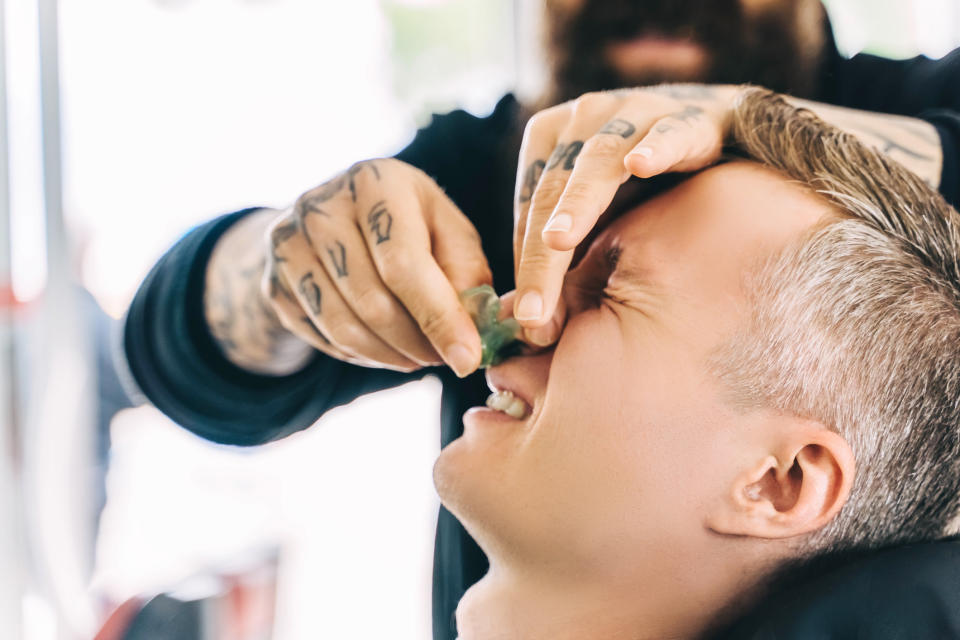Detectable levels of a harmful chemical have been found in 13 olive oil brands after a U.S. Environmental Protection Agency-certified lab did testing.
What’s happening?
EHN, a wellness blog, and Mamavation partnered to have popular olive oil brands tested. The tests found the chemical phthalate, which is used to make plastics like PVC and vinyl. It can also be found in cosmetics, lotions, deodorants, and toys.
The tests showed phthalate levels ranging from 655 parts per billion to 6,092 parts per billion. Nine brands had more than 1,200 parts per billion, and three had more than 2,000 parts per billion.
“It is awful that food like olive oil that we consider healthy and promoting of longevity is widely contaminated with phthalates,” said Terrence Collins, Teresa Heinz, professor of green chemistry and director of the Institute for Green Sciences at Carnegie Mellon University.
Collins added: “The olive oil manufacturers clearly must not understand how perilous small phthalate exposures, or small exposures of any endocrine-disrupting chemicals, can be.”
Why are phthalates in olive oil brands concerning?
Finding even trace amounts of phthalates is concerning because the chemical has been linked to numerous health issues such as cancers, brain and behavioral problems, hormone disruption, low birth rates, diabetes, and obesity.
Watch now: Lime executive reveals true impact sustainable choices have had on business
A study done at New York University found that phthalates may have contributed to 10% of preterm births in 2018, equaling over 56,000.
This chemical can also cause similar issues in wildlife, including hormone disruption and cause problems with reproduction and development, as the State of Washington’s Department of Ecology observed.
According to data shared by EHN, phthalates have also been found in other foods, such as pizza, fast-food burgers, sliced peaches, protein milkshakes, canned salmon, yogurts, and even some organic foods — sometimes in high amounts.
What’s also alarming is that while some phthalates are restricted in children’s products, the Food and Drug Administration allows them in foods as additives. Two petitions were rejected in 2022 to remove 28 phthalates.
What can I do to keep myself safe from phthalates?
While there are numerous foods in which phthalates are found, there are still ways you can keep yourself and your family safe. You can avoid processed food because phthalates can seep into the food in manufacturing plants and through plastics. Also, be aware of eating food in plastic wraps or containers. The plastic can have phthalates in it and contaminate the food.
Eliminating fast food from your diet is a good option, too, since, as mentioned before, the chemical has been found in fast food burgers.
You can also take action by writing to the FDA or your representatives to demand reform. Eliminating phthalates in plastics and food will help to keep you and the environment safe.
Join our free newsletter for cool news and actionable info that makes it easy to help yourself while helping the planet.
Signup bonus from



